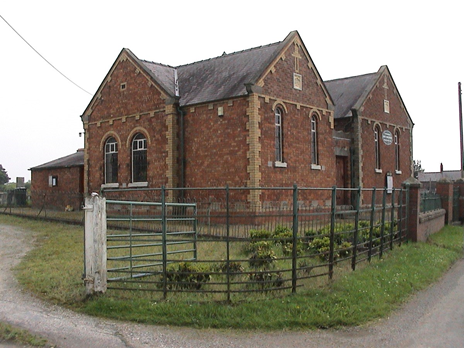The section will cover the five chapels of Whixall as it relates to their appearance and setting within the landscape. The intention is give a flavour of the religious presence within the Parish. For a more detailed history and development of religion you are directed to Bill Cliftlands detailed research in this area (see ).
See also A Local History of Whixall (aka Fancourt) in the Archive section.
- The Early chapels
- Church of St. Mary, Church of England
- Wesleyan Methodist Chapel, Far End
- Wesleyan Methodist Chapel, Hollinwood
- Primitive Methodist Chapel, Welsh End
- Whixall Independent Chapel (URC)
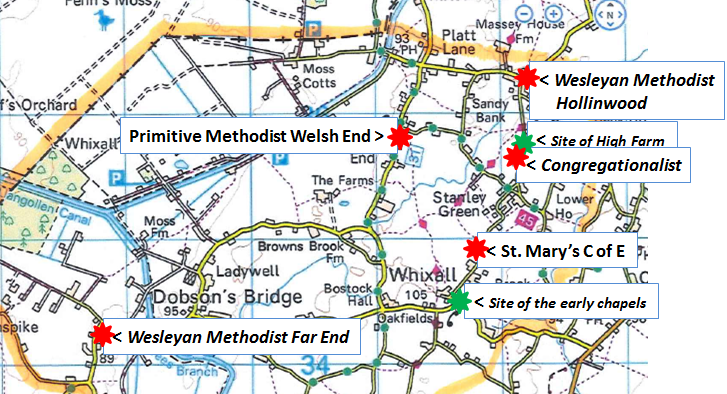
Most churches and chapels are situated on Church Lane – from Church Farm to Hollinwood – which probably, additionally, reflects the area of Whixall most populated. Only St. Mary’s and the Primitive Methodist at Welsh End are still used as places of worship.
The Early Chapels
The early chapels of (St. Mary’s) Whixall are now no longer standing. Both are believed to have stood on a site near the, now, Social Centre. Reference to ‘Le Chapel Field’ in 1518 and the Chapel Meadow on the 1847 Tithe map appear to support this.
The first chapel was considered to have been present from the 1100s, and a map of Wem, 1631, appears to indicate it was of Norman style constructed of red sandstone blocks. It was believed to have been large enough to have seated 400 catholic souls.

Copy of image taken from Wem 1631 map. Whixall’s first chapel.
The date of demolition of this first chapel is unknown. The second chapel, of brick and slate, was constructed prior to 1791 – for a watercolour picture of it exists from this date.
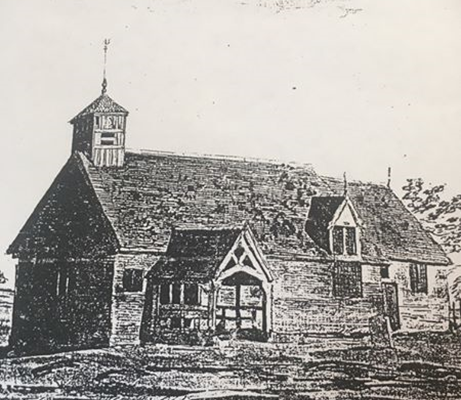
Copy of the watercolour of the second chapel.
This second chapel was demolished in 1866 but it was, apparently, all but falling down anyway. Bill Cliftlands gives a very detailed account of the upkeep and decline of the chapel from the Churchwardens’ accounts of 1842-1867.
The third chapel, what is referred to as Church of St Mary’s, replaced the second in 1867.
Church of St. Mary
Construction of the new chapel was not on the site of the previous two – the soils of Whixall being considered too damp to sustain a building of any duration. It was moved approx 0.5km north to higher ground and the final building was consecrated in 1867. The church of St. Mary is a grade II listed building.
Prior to the Reformation of the Catholic Church in the 1530s all church-goers were catholic, Henry VIII made them Protestant. St. Mary’s is Church of England.
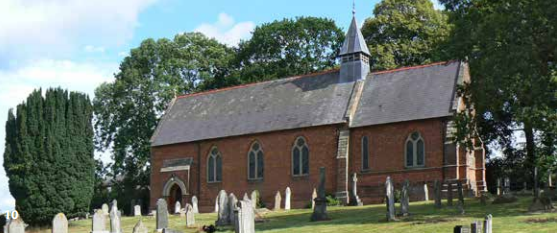
Image: Whixallparish.org.uk
Wesleyan Methodist Chapel, Far End
Compared to the other churches little appears to have been documented about Far End chapels. Although two buildings, with two names, they are part of the same fraternity. The first chapel, built in 1859, was only used for 13 years before it was converted to a school and a new, larger chapel built over the road.

Image shows the first Far End Chapel (now in private ownership) also called the Whixall Wesleyan Methodist Chapel
The larger chapel was built in 1872 with a Sunday School added in 1924 and an organ in 1948. To accommodate the organ an extension was built on the end closest to the road, see picture, with the internal layout of the church turned through 180 degrees as a result. The church closed in the early 1990s and is now in private ownership.
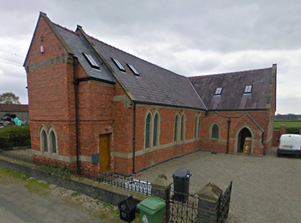
The second Far End chapel. Note the extension on the end, built to accommodate the organ.
Wesleyan Methodist Chapel, Hollinwood
This chapel, built 1841, was the first Wesleyan chapel. At or near the time it incorporated a Sunday School, but a new one was built in 1885. In 1898 a new chapel was built which is the structure to be seen today. The church was dogged by debt with constant renovations and repair. Sometime prior to 1907 it was closed, presumably for building works, as it opened again that year. Records show that baptism was performed (at least ) from 1842-1869 and it was registered for solomnization in 1990. It was de-registered as a place of worship in 2016. It is now privately owned and partly renovated.
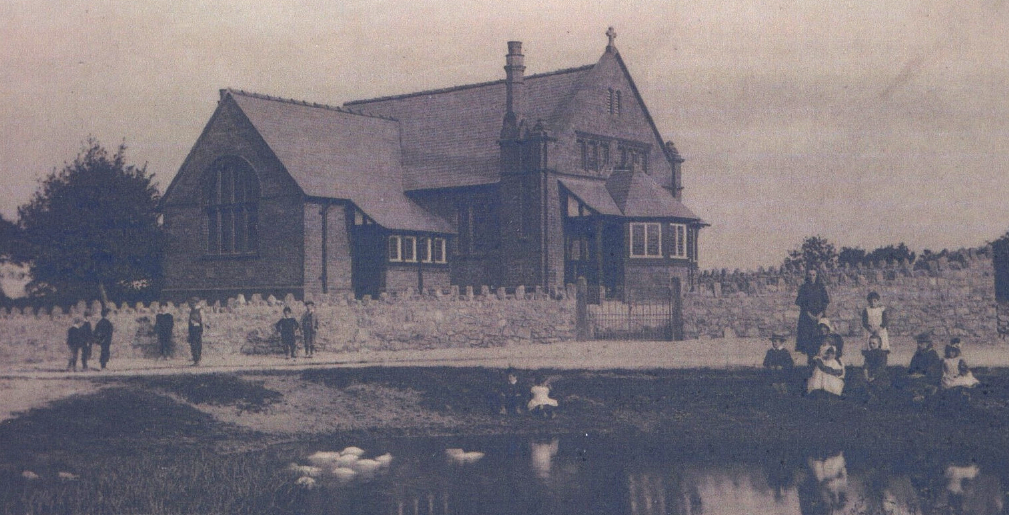
The second Hollinwood Chapel, date unknown. The duckpond has long since gone.

The chapel as seen in 2013.
Primitive Methodist Chapel, Welsh End
Similar to other chapels in Whixall the current existing building is the second rendition. The first was built in 1828 in land purchased from the Pheasant Inn (see public houses). and quickly fell into a state of dilapidation by the late 1850s. In 1859 the current chapel was erected, opening in 1860, with a Sunday School added in 1913. Further land was purchased for its own burial ground. It has a capacity to hold 120 worshippers and was solemnized for marriages in 1902. It is still in use as a chapel although this is somewhat infrequent ( July 2020).
Image: Wikimedia Commons
Whixall Independent Chapel (United Reform /Congregationalist)
Congregationalism is believed to have started with meetings at High Farm, a ‘training institute’, in 1790. Although land appeared to have been purchased for the construction of a dedicated church in 1706 a chapel wasn’t opened until 1805. This, first chapel accommodated 200 worshippers but was considered small. The new chapel was built around the old and it can still be seen at right angles to the larger, newer building, as well as adjoining at the rear.

The chapel is now closed to worship and has passed into private ownership. The graveyard was not included in the sale and is managed by a trust as burials can still take place here.
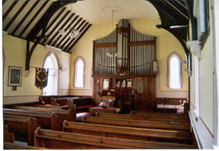
This image shows the pulpit and organ just before the church closed.
